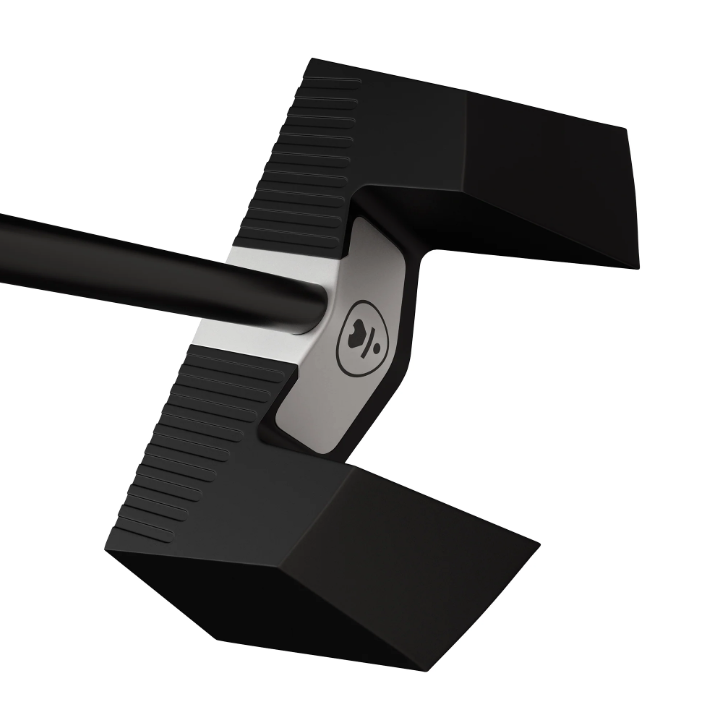Latest In Gear
10 hours ago
Over $140 of value - Just $39.99
InsideGOLFA buzzword floating around the equipment industry needs to be unpacked: “zero-torque” or “torque-free.” There’s a good chance you’ve heard about one or both — even if they mean the same thing. In an industry where the club du jour is ever-changing, it’s fair to say that torque-free is the hottest trend in the putter space.
Last week, PXG released the Allan, its first putter model featuring zero-torque technology. For the uninitiated, “zero-torque” is a design that keeps the face square to the target line — as opposed to opening or closing — by positioning the center of gravity (CG) directly under the shaft axis. Doing so reduces head twisting and makes it easier to return the face back to square at impact with minimal effort.
“There’s no torque fighting against you — just a smooth, consistent motion that keeps your putts on line — no matter your stroke type,” PXG said in a release.

Over the last few years, the zero-torque design has grown in popularity since Axis1 Golf burst onto the scene. Its patented design places the CG, shaft axis and grip axis all in line with the center of the striking face to create a torque-free design. L.A.B. Golf has also grown in popularity on Tour and retail due to its Lie Angle Balance design that keeps the head from twisting as well. Odyssey had a putter called the Toe Up that followed a similar blueprint to reduce torque.
While certain heads and necks work for different stroke types and visual preferences, Kris McCormack, True Spec’s VP of Tour and Education, said on the latest episode of GOLF’s Fully Equipped podcast that zero-torque putters work well for a variety of golfers, regardless of their stroke type and issues on the putting green.
“The reduction in twisting allows the head to stay stable through the stroke and maintain consistency,” McCormack said. “If you hit it on the heel, on the toe, high on the face, low on the face, the head remains stable and doesn’t want to deviate from the target. From a design perspective, there isn’t a lot of opportunity for the head to go too far offline. The torque-balanced design has been around for quite a while, but L.A.B., in particular, has really created a super stable model. It has the attention of tour players and amateurs. These putters have gained a lot of traction in the marketplace in recent years.
“If you have someone who’s a little yippy inside 10 feet, having something that’s significantly more stable and doesn’t necessarily intentionally deviate the face from your intended target is going to help that player. If I’m pretty stable around 12 feet and in, but once I start getting into the 15-20 feet range and further I lose the face a bit, that’s where I noticed the difference with a torque-balanced or toe-up design.”
The technology has helped several tour pros mired in slumps on the green turn into proficient putters, including Justin Rose, Lucas Glover and Adam Scott. At $450-plus, the putter technology isn’t cheap, but as McCormack pointed out, having something that helps cut down on round-killing three-putts can make the game more enjoyable.
“If you’re putting well, it makes for a more enjoyable day,” he said. “If you’re off the tee clean and putting well, the rest just takes care of itself. Bad day on the greens makes for a frustrating round. Bad day off the tee box makes for a frustrating round. If you’re clean off the tee and roll the ball well on the greens, those two things are huge for the mental component.”
Want to overhaul your bag for 2024? Find a fitting location near you at True Spec Golf.

Golf.com Editor
Jonathan Wall is GOLF Magazine and GOLF.com’s Managing Editor for Equipment. Prior to joining the staff at the end of 2018, he spent 6 years covering equipment for the PGA Tour. He can be reached at jonathan.wall@golf.com.